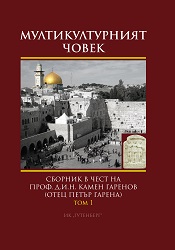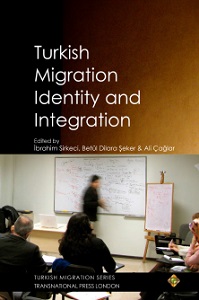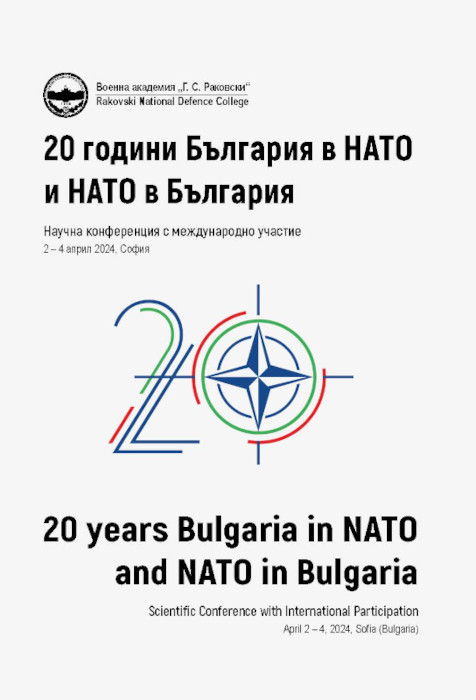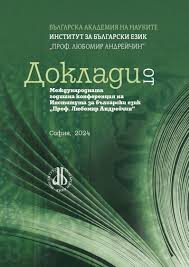
Американското признание за милосърдието на царица Елеонора - "коронованият ангел на България"
The paper aims to acquaint the readers with the exceedingly active multifarious activity of Queen Eleonore in the field of charity and philanthropy in Bulgaria, naturally related to the political, cultural and economic life in the country in the first years of the 20-th century, marked as they were by the struggle for national unification. The subject is researched for the first time, mainly on the basis of Bulgarian sources and the till sparse contemporary studies dedicated directly to the life and work of Queen Eleonore in Bulgaria and Europe in the field of charity. For the first time, the paper follows the appearance of the new queen in Bulgaria's social, political and cultural sphere: it marks out the parameters of action in the organization of charity in this country, as well as the first more widely advertised Bulgarian efforts on the international field on the part of the Bulgarian Red Cross (BRC) and the 'Samaritan' society she founded, which also had supporters across the ocean. It also speaks of the participation of Queen Eleonore in organizing nursing activities in support of the army during the Balkan War in 1912-1913 and the opportunities she constantly sought and found to provide medical aid to the army and the front lines during the Second Balkan War and in the years of the Treaty of Bucharest, which was determental to the Bulgaria. Her preparations for the official visit across the ocean at the invitation of the United States government allows us to follow her extremely responsible attitude to this top-ranking diplomatic mission which she considered extremely important and which she undertook in the name of Bulgaria's welfare.
More...

![„[…] a oto ginie marnie, pamięci nawet po sobie nie zostawując, na jaką zasłużył”](/api/image/getbookcoverimage?id=document_cover-page-image_1232894.png)


